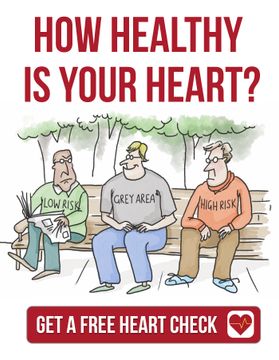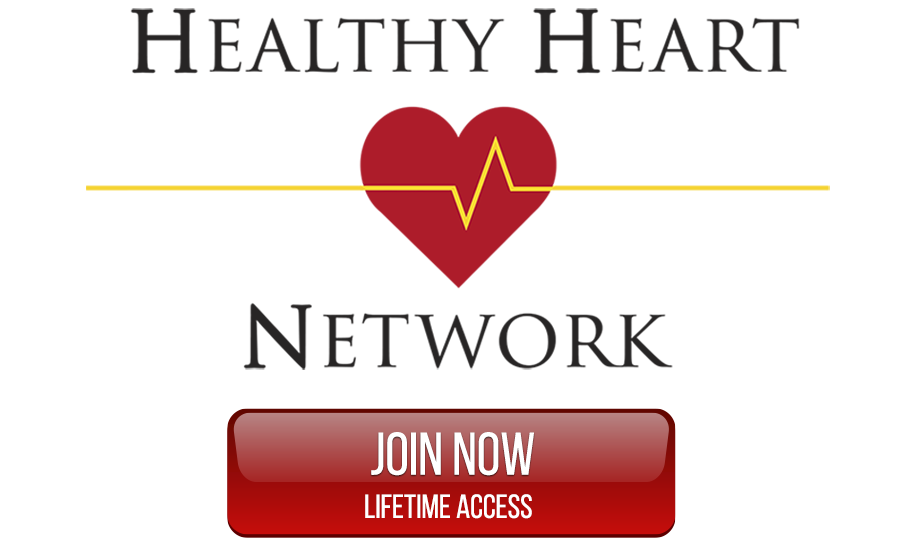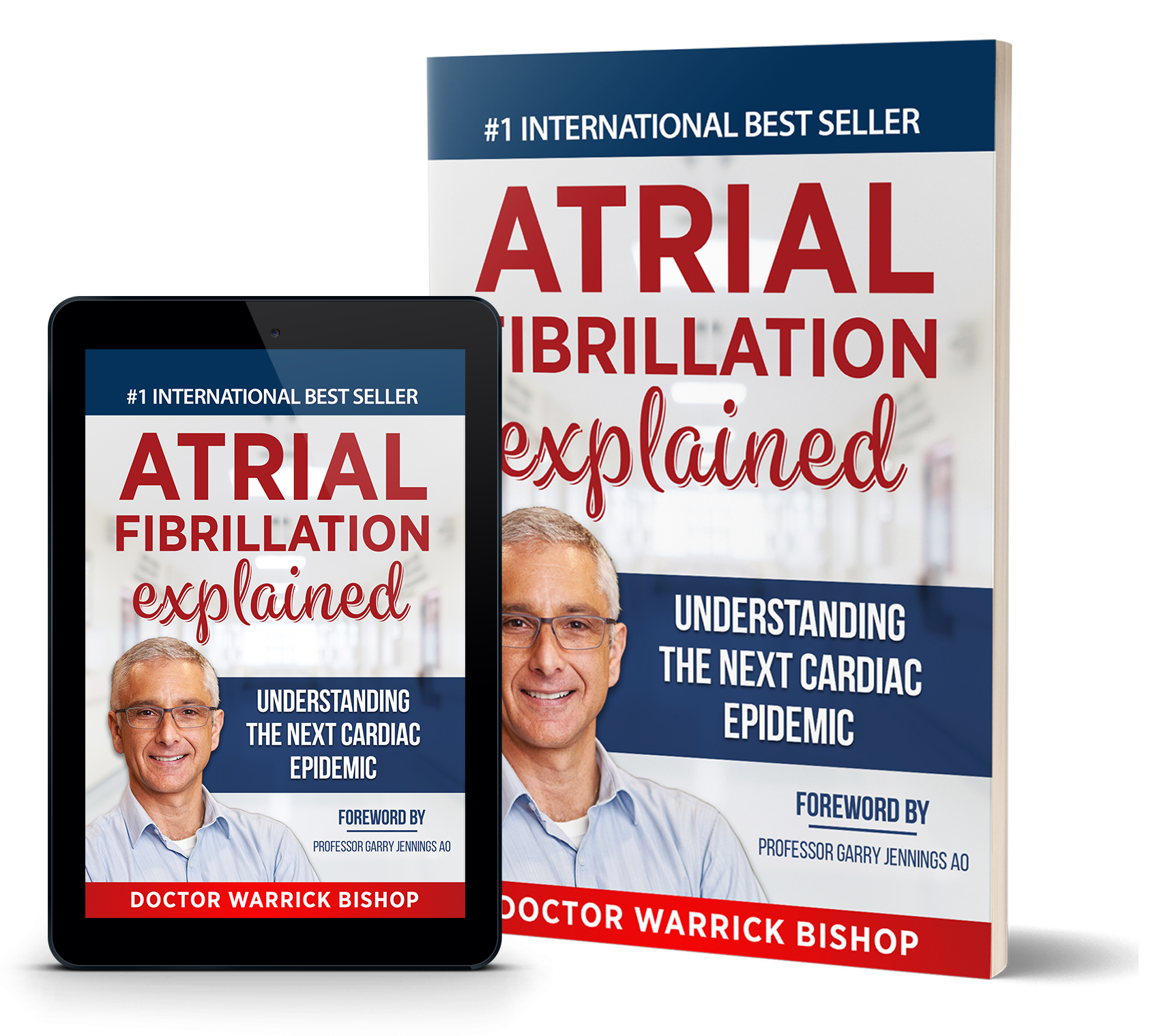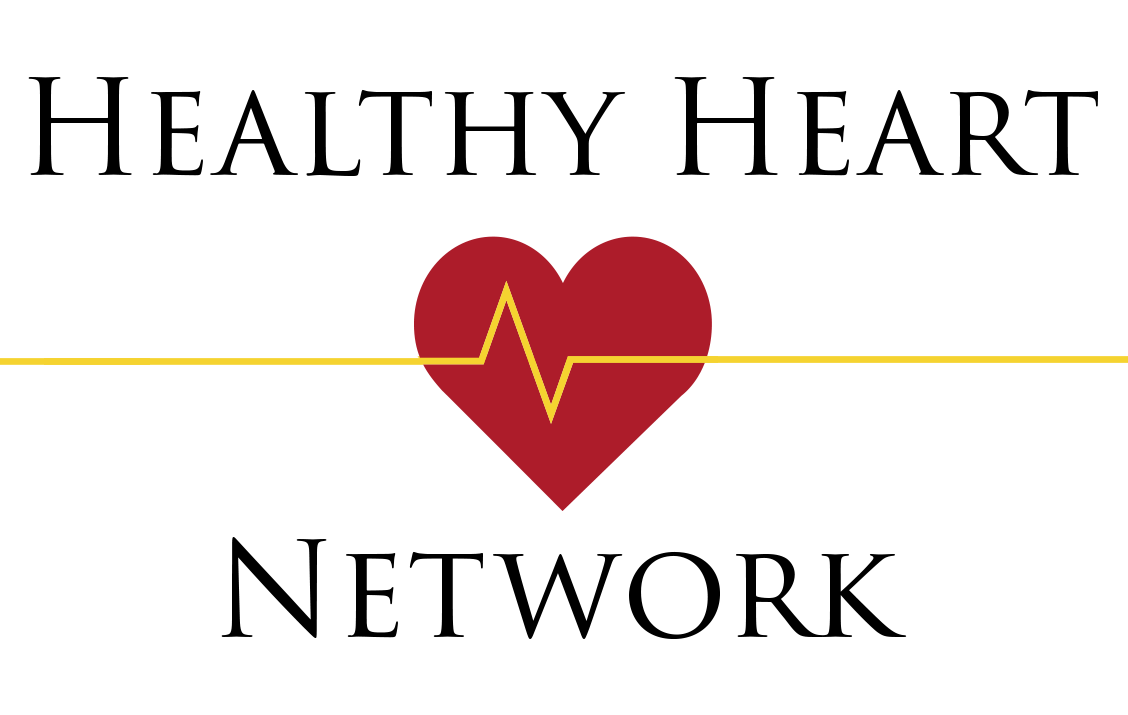Coronary artery disease remains the biggest killer in the Western World despite significant advances in the understanding, diagnosis, and management of the condition. Most importantly, significant suffering could be avoided with simple maintenance.
If you have already had a heart attack, you will have a cardiologist, and you should be seeing your local GP for ongoing monitoring. It is important you check that you are taking the right medication, and that you are receiving follow-up to evaluate your progress. It is important to ensure that medications are adjusted, blood pressure checked, cholesterol levels checked and general maintenance attended to.
It’s a different story if you have not had a problem with your heart, but you can certainly engage in prevention behaviours to circumvent the development of a heart problem. So, what can you do to reduce your risk of a heart attack?
1. Decide to look after your heart health. This is important. It is easy enough to say that you will look after your heart, but unless you make a decision and commit to follow through, you are kidding yourself.
2. See your general practitioner. Your GP will check your blood pressure, blood sugar, lipid profile (cholesterol levels), and will also ascertain the general state of your health. In addition, they will provide you with general guidance, and most importantly, they will bring you back for follow-up to check your progress.
3. Make small, sustainable changes: It is simply not realistic to go from couch potato to Olympic athlete. If the changes are not realistically manageable in the longer-term, then you simply won’t sustain them! Instead, make small changes by speaking with your GP, who will help guide you to set realistic, sustainable goals that will help your heart health in the long-term.
4. Just do it. If you are advised to change your lifestyle or to commence medication, it will be because your doctor believes that these changes will make a difference to your health. Therefore, you need to commit to making these changes.
5. Ask the experts. If you have questions or are unsure about advice please, make an appointment with your GP for a consultation and discussion about your heart health. My experience is that increasingly more patients these days seek help from “Doctor Google”, but this information can be unreliable, and there is no way to ensure that this information is even relevant for you.
6. Need more information? Modern technology has evolved so much that we can now look at the arteries of the heart using CT (or CAT) scanning. This is a fairly new diagnostic tool, and it is not yet part of any formalised guidelines with in Australia. Nevertheless, the test provides invaluable information in certain situations, and it can be useful for the individual and doctor to tailor their treatment.
The sort of questions that imaging the heart arteries can help to answer are:
i) ‘My cholesterol is high, is there build up in my arteries?’
ii) ‘I have a family history of heart attacks, should I be concerned?’
iii) ‘My doctor says I should be on a statin, but do I really need one?’
iv) ‘I’m on a statin, but I suffer side effects. Do I really need a high dose, or would a lower dose be OK?’
Although heart imaging is not routine and is therefore not covered by a government rebate, some patients choose to pursue this extra information so they can make important decisions about managing their future cardiovascular risk.
If in doubt, make an appointment to speak to your GP.








